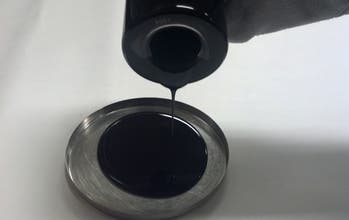Scrap tires, which are very problematic to dispose of and can cause many problems, can now be used to lower road noise and reduce need for road maintenance.

It’s easy to understand why, in recent years, efforts have been made to turn this problem into a sustainable, eco friendly and economically viable solution. Magdy Abdelrahman, for example, an associate professor of civil and environmental engineering at North Dakota State University, is working on ways to turn old tires into new and improved roads. He is experimenting with “crumb” rubber–ground up tires of different sized particles–and other components to improve the rubberized road materials that many US states (and non-US as well) are using to improve aging asphalt.
“It’s very durable,” he says. “We mix it with different materials and in different percentages, and in different conditions, to find the best ways to add rubber to asphalt.”
Despite what you may think, tires are not the world’s largest market for rubber. That pedestal is taken by asphalt rubber, consuming an equivalent of 12 million tires every year. When combining asphalt with tire rubber, it becomes more resilient and sturdy, also lowering the noise created in the driving process. But perhaps the biggest advantage is the elimination of excess, hazardous tires.
“This project will have a broad impact because solid waste is problematic throughout the world,” Abelrahman says. “Asphalt applications have the potential to contribute to the solution of the growing solid waste problem provided that engineering and environmental concerns are addressed. Asphalt binders represent an area that can improve pavement performance.”
Of course you can’t just take old tires, melt them, mix them with asphalt, and expect to have good results. Abdelrahman studies what additives can be used to improve this mix, as well as how it does under different environmental conditions.
“We want to assess the environmental impact of adding components to the mixing of crumb rubber and asphalt, for example, is it going to leach out in the rain?” he says. “Traditional, that is, normal, asphalt-rubber materials will not cause harm to the soil or the ground water. But some additives may. We already know that the technology [rubberized roads] is proven to work, but we want to make it work much, much better,” he adds. “We are trying to find the scientific and engineering aspects to make it better and, at the same time, be sure it is environmentally friendly.”
It’s really important to start recycling old materials in a useful and sustainable way, because otherwise, the next generations will simply have nothing left to use.
“It is really important for them to understand that if we keep using new materials, that our grandchildren won’t have anything left,” he concludes.
Via National Science Foundation









